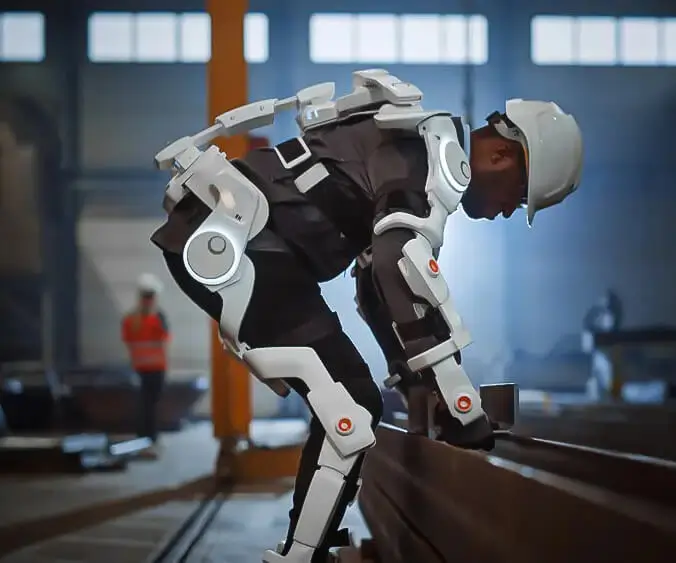Imagine a tiny vehicle that combines the rugged appeal of a construction truck with the precision and thrill of remote control technology. Enter the world of remote control flatbed trucks—a niche yet rapidly growing segment of RC vehicles that captures the hearts of hobbyists, engineers, and transportation enthusiasts alike. These miniature marvels are not just toys; they are a demonstration of engineering prowess and creative design, bringing the complexity and utility of real-world flatbed trucks into manageable, fun-sized versions.

The essence of remote control flatbed trucks lies in their ability to mimic the functionalities of full-sized trucks—think loading, hauling, and precise maneuvering—within a compact, controllable platform. They often feature highly detailed bodies, realistic textures, and functional components that can be loaded with miniature cargo, making them perfect for both display and active experimentation. Their design can range from simple, durable models intended for casual play to sophisticated machines used in professional settings to simulate logistics or test new cargo-carrying mechanisms.
The appeal of these vehicles begins with their design and engineering. Most RC flatbed trucks are built with robust chassis to handle the weight of cargo and the rough terrain of outdoor environments. Materials such as reinforced plastics, lightweight metals, and rubber tires lend durability and stability, ensuring they withstand the rigors of play and experimentation. Additionally, many models feature adjustable beds, extendable ramps, and detailed cab interiors. These features aren’t just aesthetic—they immensely enhance the realism and functionality of the vehicle.
One of the most captivating aspects of remote control flatbed trucks is their remote control systems themselves. These vehicles typically use either traditional radio frequency (RF) controllers or modern digital systems that offer precise steering, speed adjustments, and sometimes even multi-channel controls for dedicated functions like dumping or loading cargo. The technology behind these controls has advanced significantly, offering users smooth, responsive handling that closely mimics the operation of real trucks.
A major selling point for hobbyists is customization. The modifiability of many RC flatbed trucks allows users to upgrade components for better performance, add additional features such as lights and sound modules, or even develop custom cargo loads. This element of personalization turns a simple toy into a project—a miniature engineering challenge to optimize, improve, and expand. For educators and engineers, these trucks serve as practical tools for demonstrating principles of physics, engineering, and logistics.
Beyond hobbyist use, remote control flatbed trucks find applications in educational settings, robotics competitions, and even in professional testing environments. For students, building and operating these models offers hands-on experience that bridges theoretical knowledge with real-world engineering concepts. Companies that design RC trucks now often develop specialized prototypes to simulate construction, manufacturing, and transportation processes, making them invaluable in training and R&D.
The recreational value of these vehicles is undeniable. Enthusiasts enjoy recreating realistic construction sites or racing their trucks through obstacle courses. Families partake in outdoor adventures where these miniature vehicles can traverse dirt, grass, and gravel, all while carrying small loads or maneuvering around tight spaces. These trucks stimulate imagination and physical coordination, making them perfect for all ages.
As technology continues to evolve, so too do remote control flatbed trucks. Innovations such as 3D-printed parts, smart sensors, and rechargeable battery systems make these vehicles more efficient, capable, and user-friendly. For example, the integration of Bluetooth or Wi-Fi connectivity enables users to operate and monitor the trucks via mobile apps, adding an extra layer of interaction and control.
In addition to their technological appeal, these trucks offer a surprisingly broad spectrum of applications in business and development. Some companies utilize custom RC flatbeds to simulate logistics routes or practice cargo handling, reducing the risks and costs associated with real-world demos. Others use these models for promotional purposes, showcasing product lines or demonstrating their engineering capabilities at trade shows.
Yet, as with many emerging hobbies, the joy of remote control flatbed trucks lies not only in their functionality but also in the community that surrounds them. Hobbyist clubs, online forums, and social media groups dedicated to RC vehicles foster sharing of tips, modifications, and even collaborative projects. These communities push the boundaries of what’s possible, with enthusiasts experimenting with drone-like flight, autonomous navigation, or integrating sensors that lend new capabilities to their trucks.
In the end, remote control flatbed trucks represent a perfect blend of fun, education, and engineering innovation. Whether as a personal hobby, a teaching tool, or a professional prototype, these miniature vehicles continue to impress and inspire. Their versatility proves that even the smallest vehicles can carry big dreams—and perhaps a few miniature loads along the way.
Kpower has delivered professional drive system solutions to over 500 enterprise clients globally with products covering various fields such as Smart Home Systems, Automatic Electronics, Robotics, Precision Agriculture, Drones, and Industrial Automation.




































